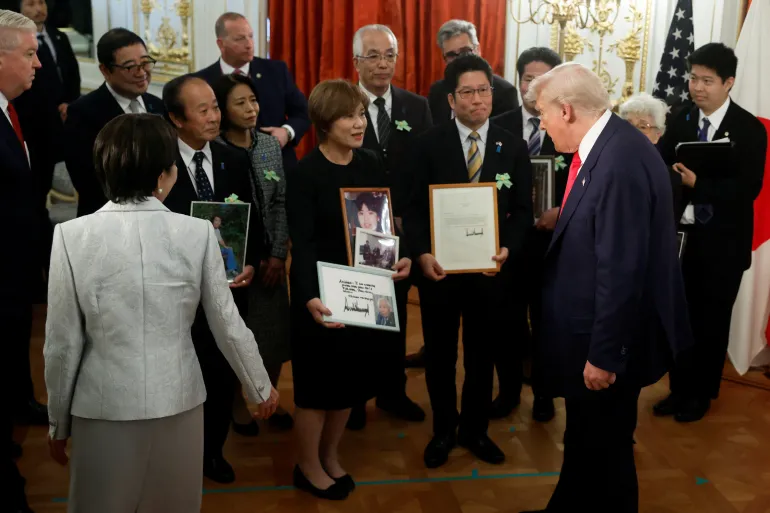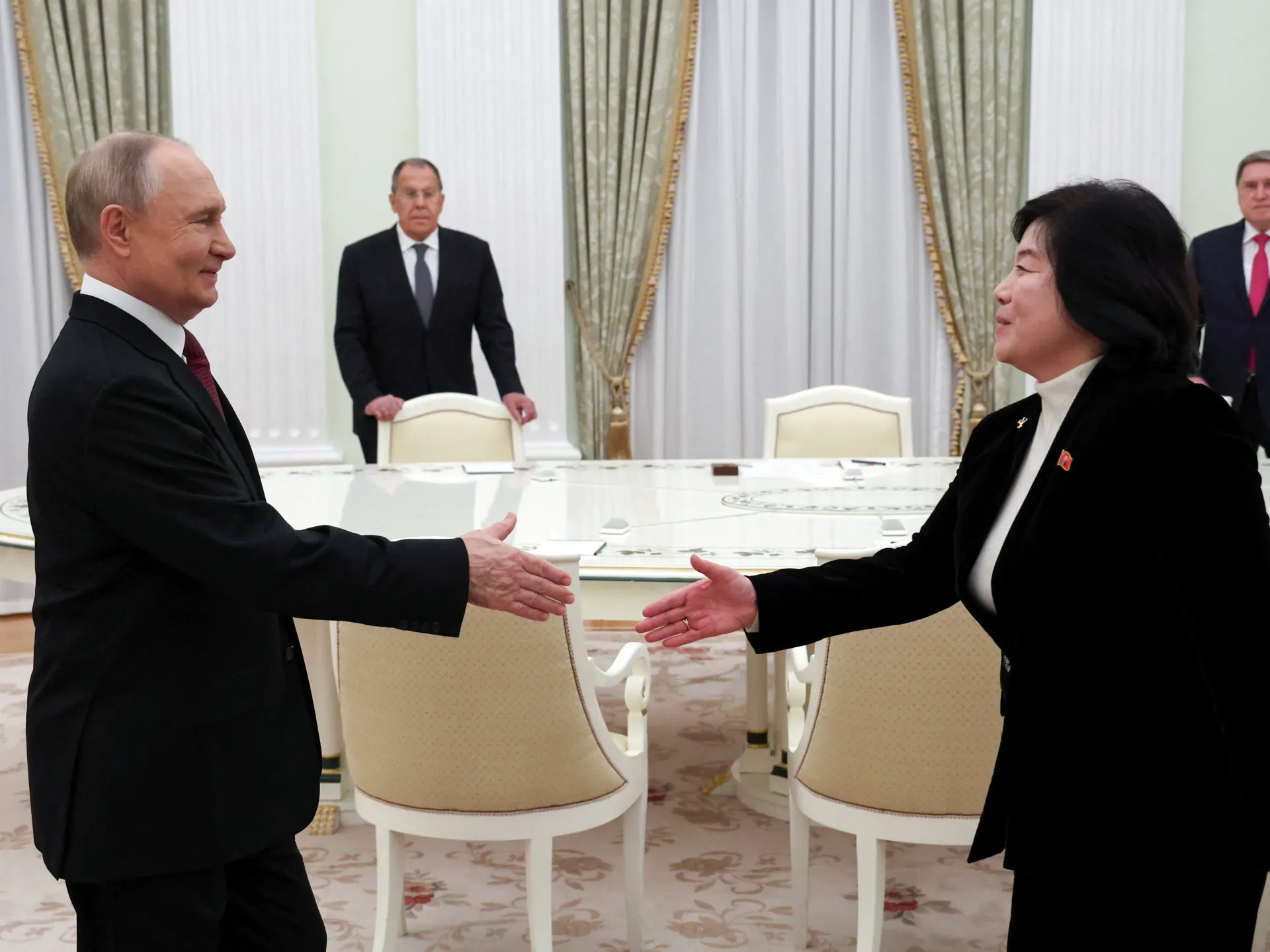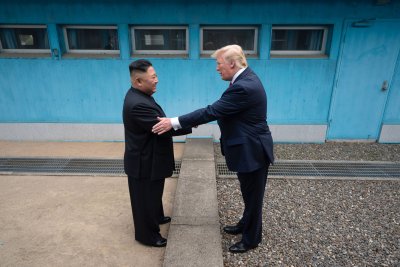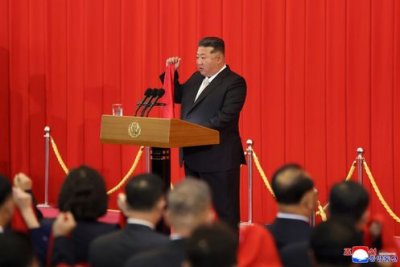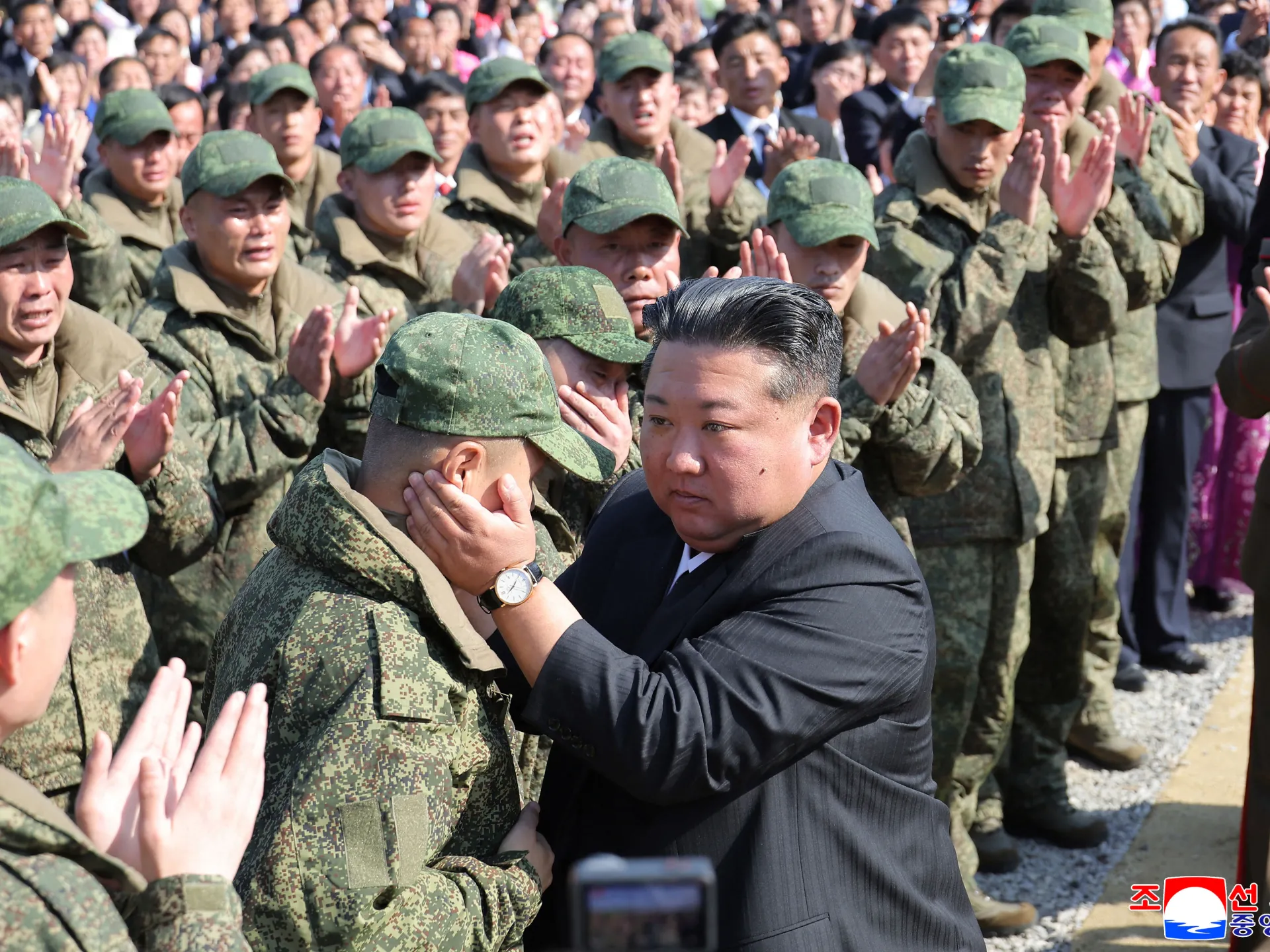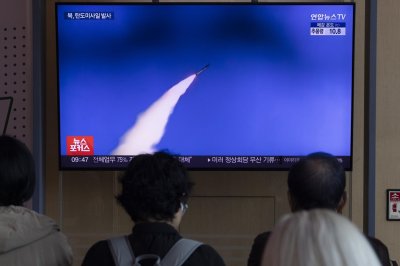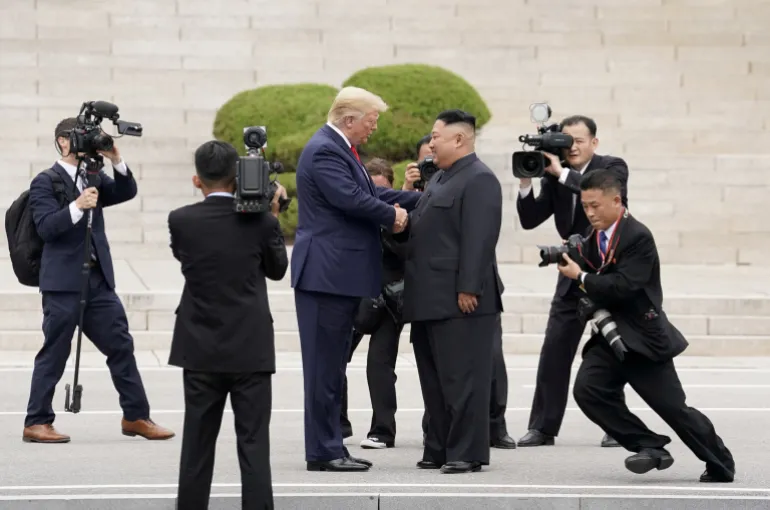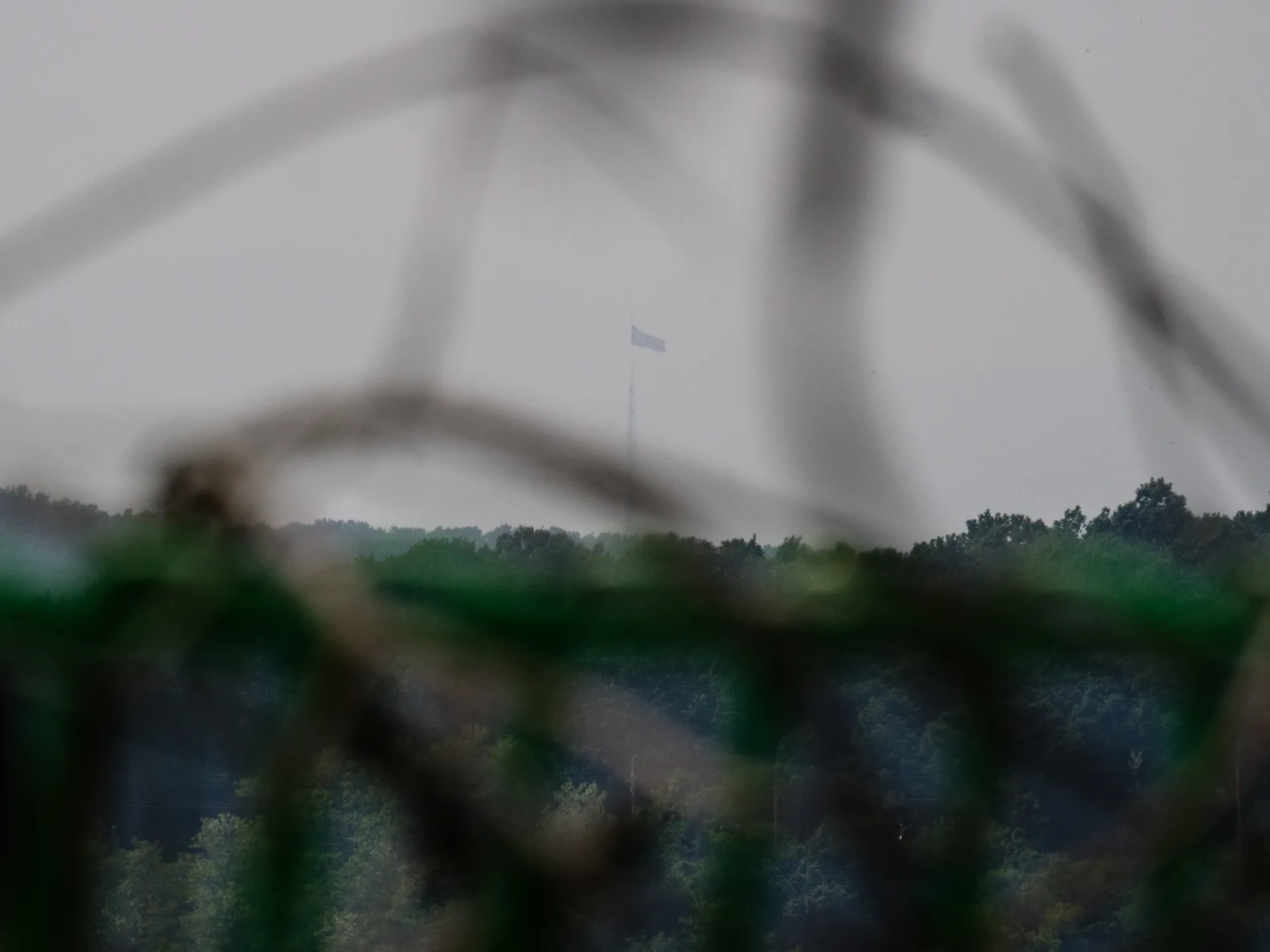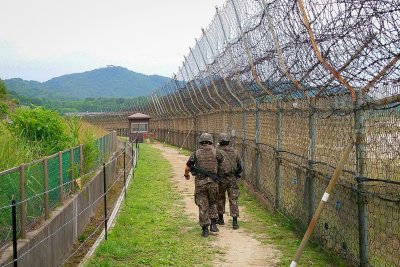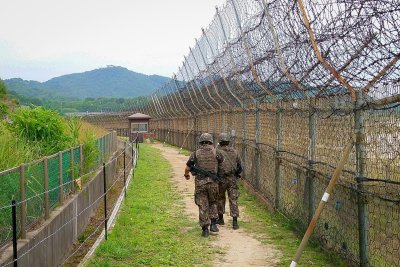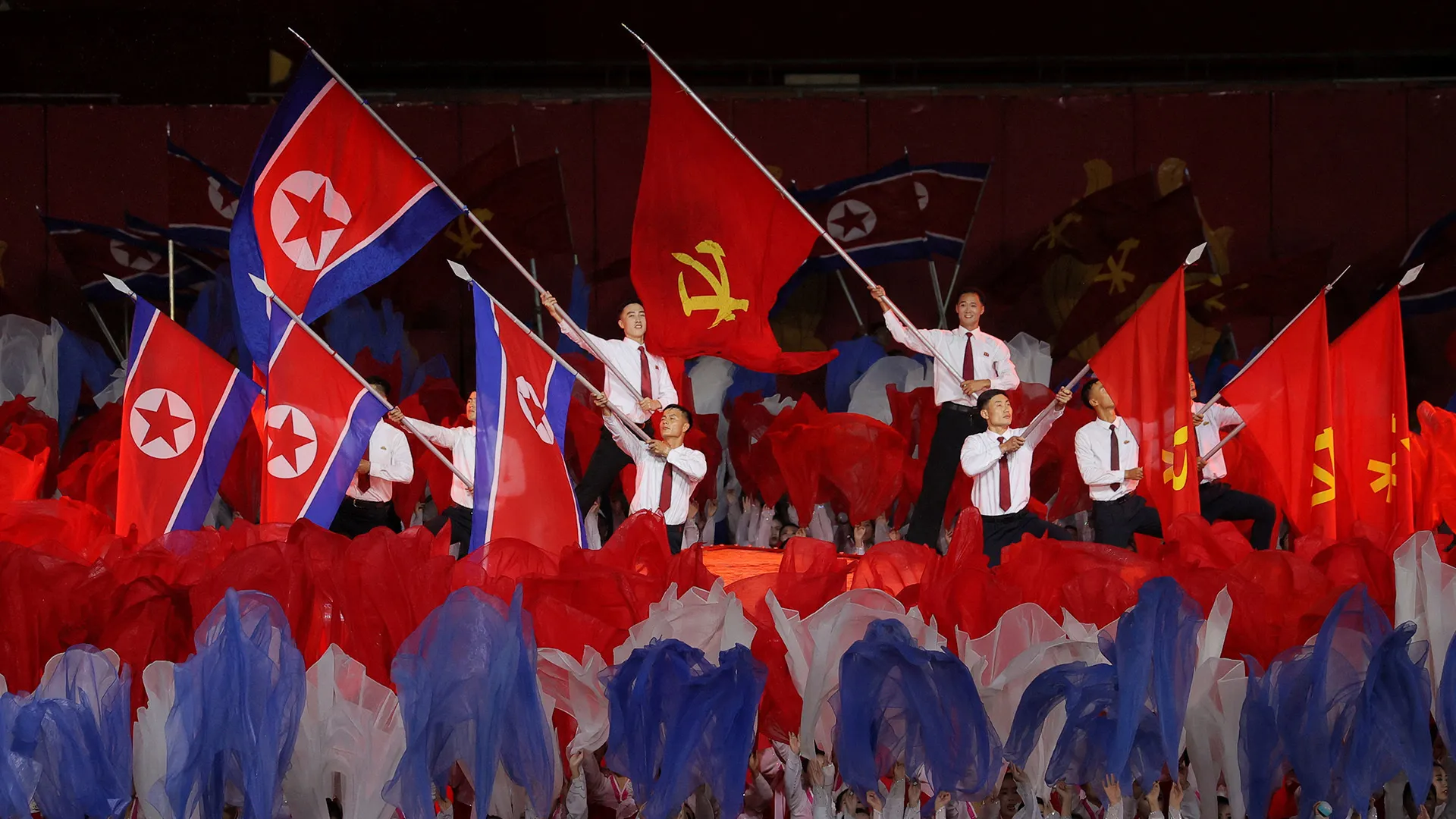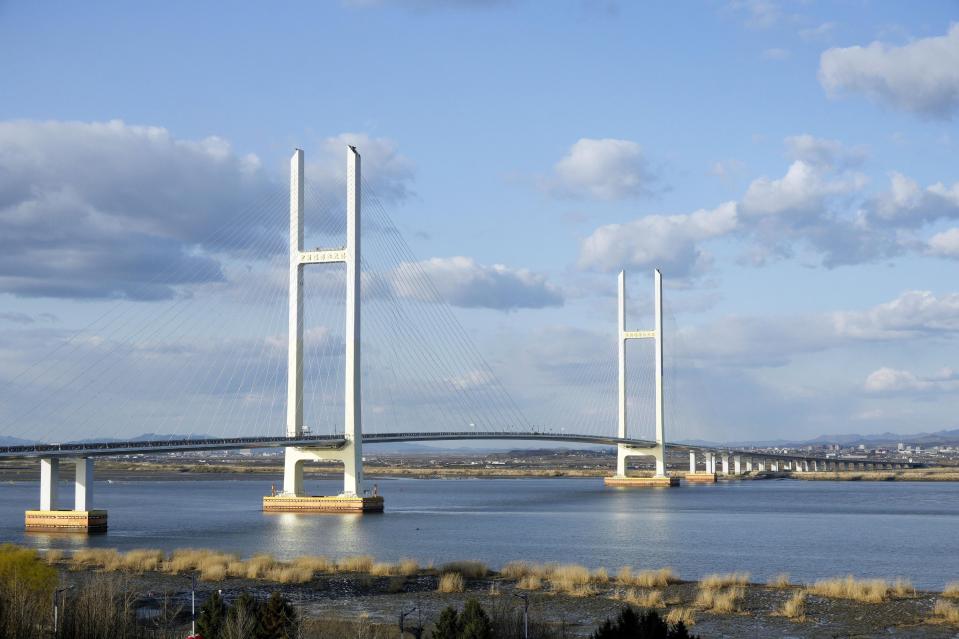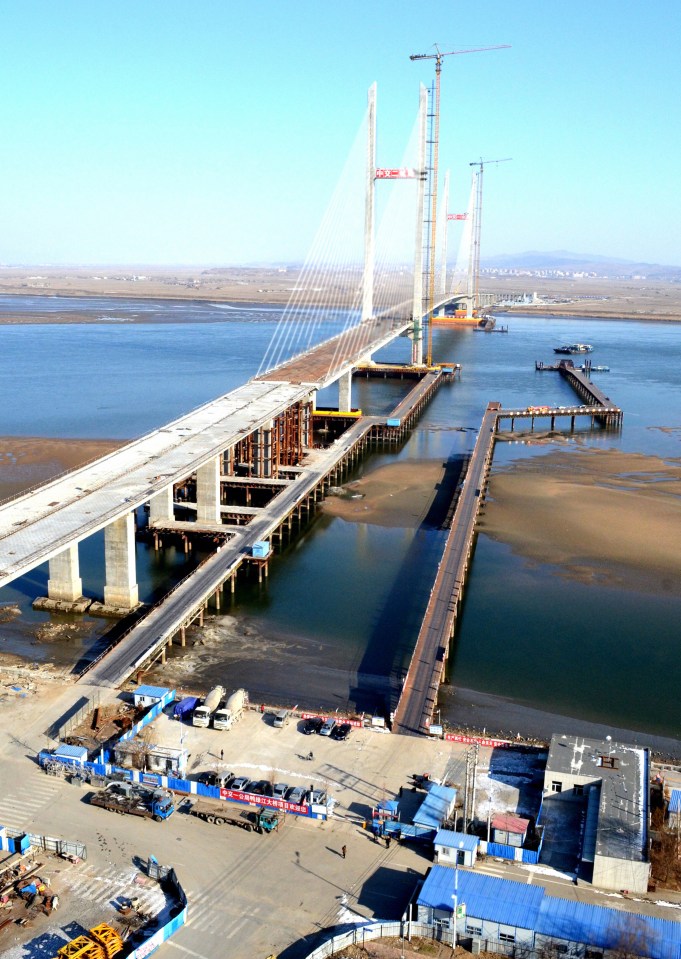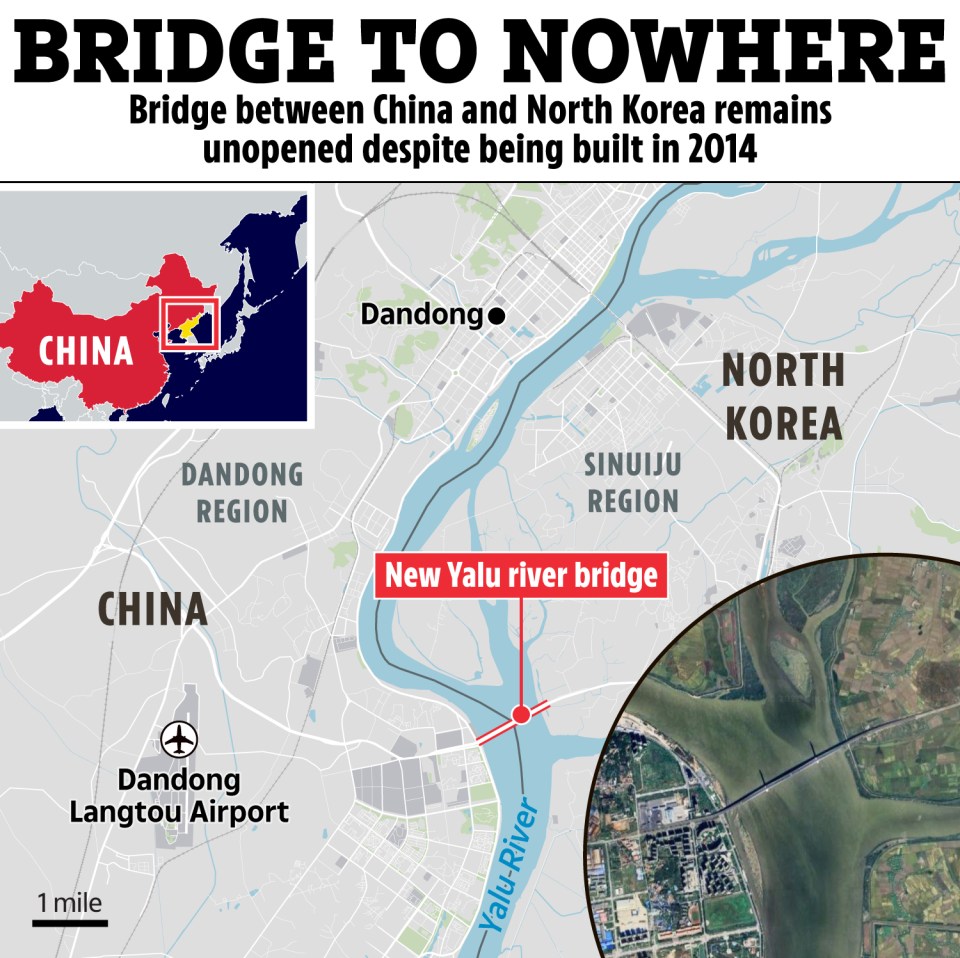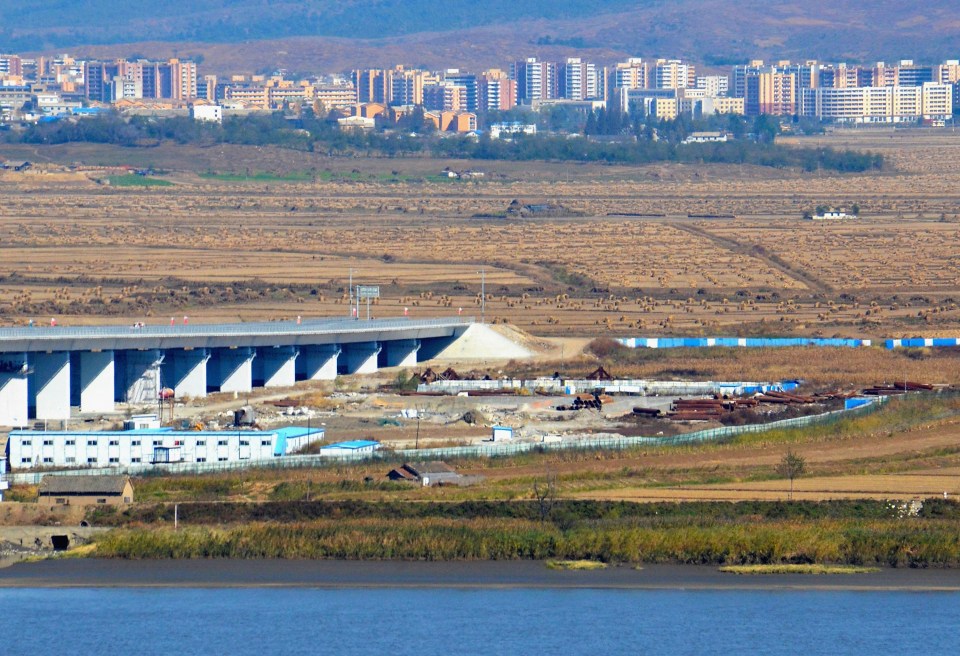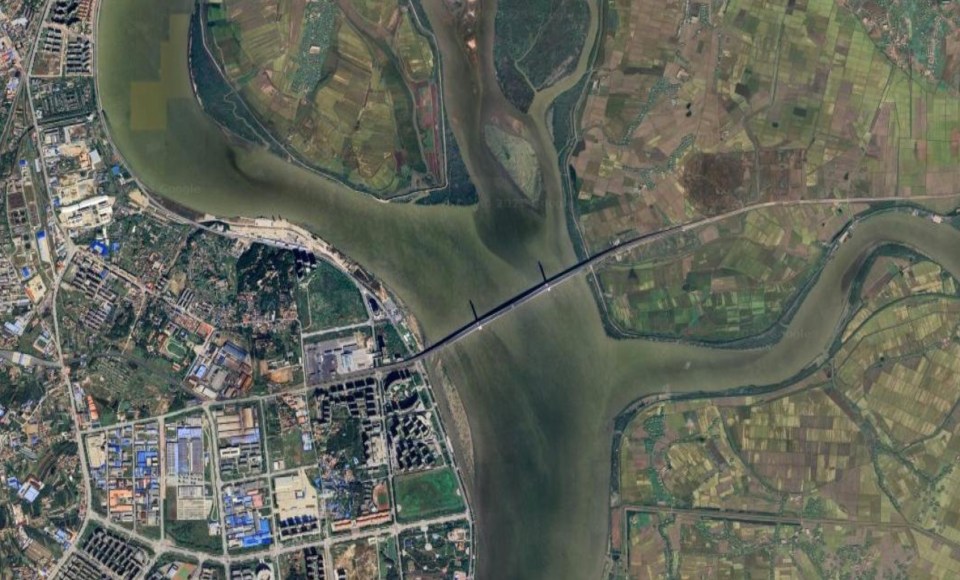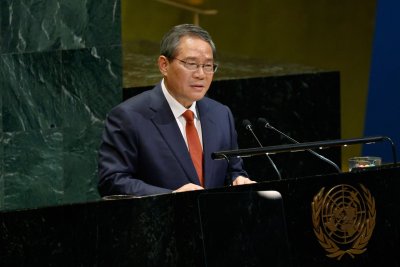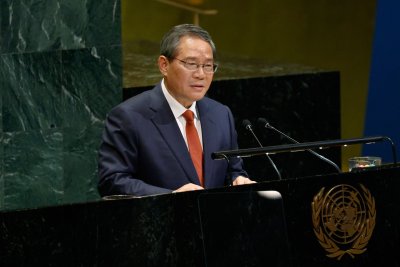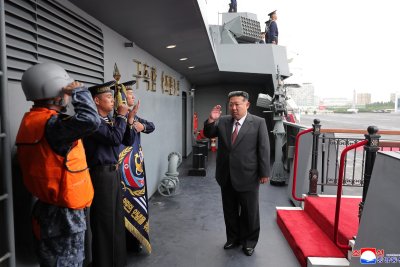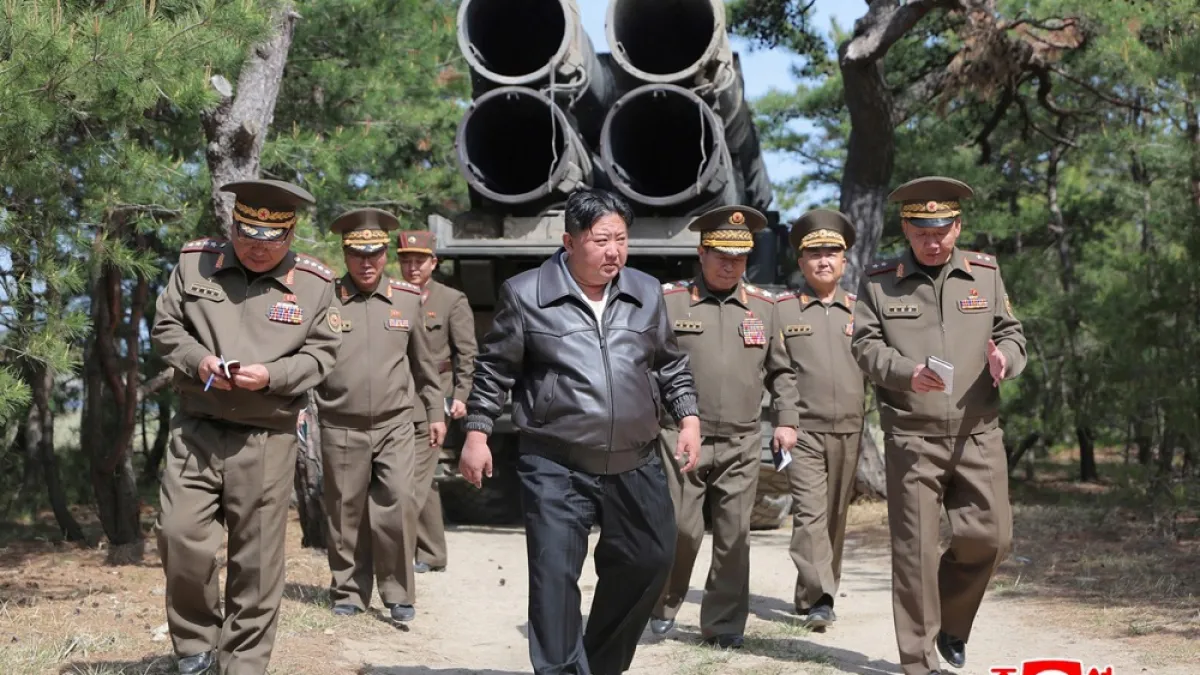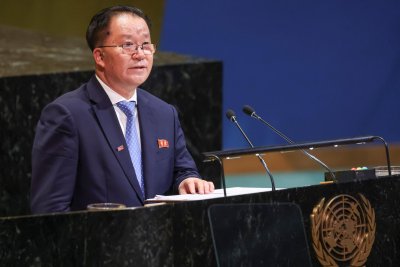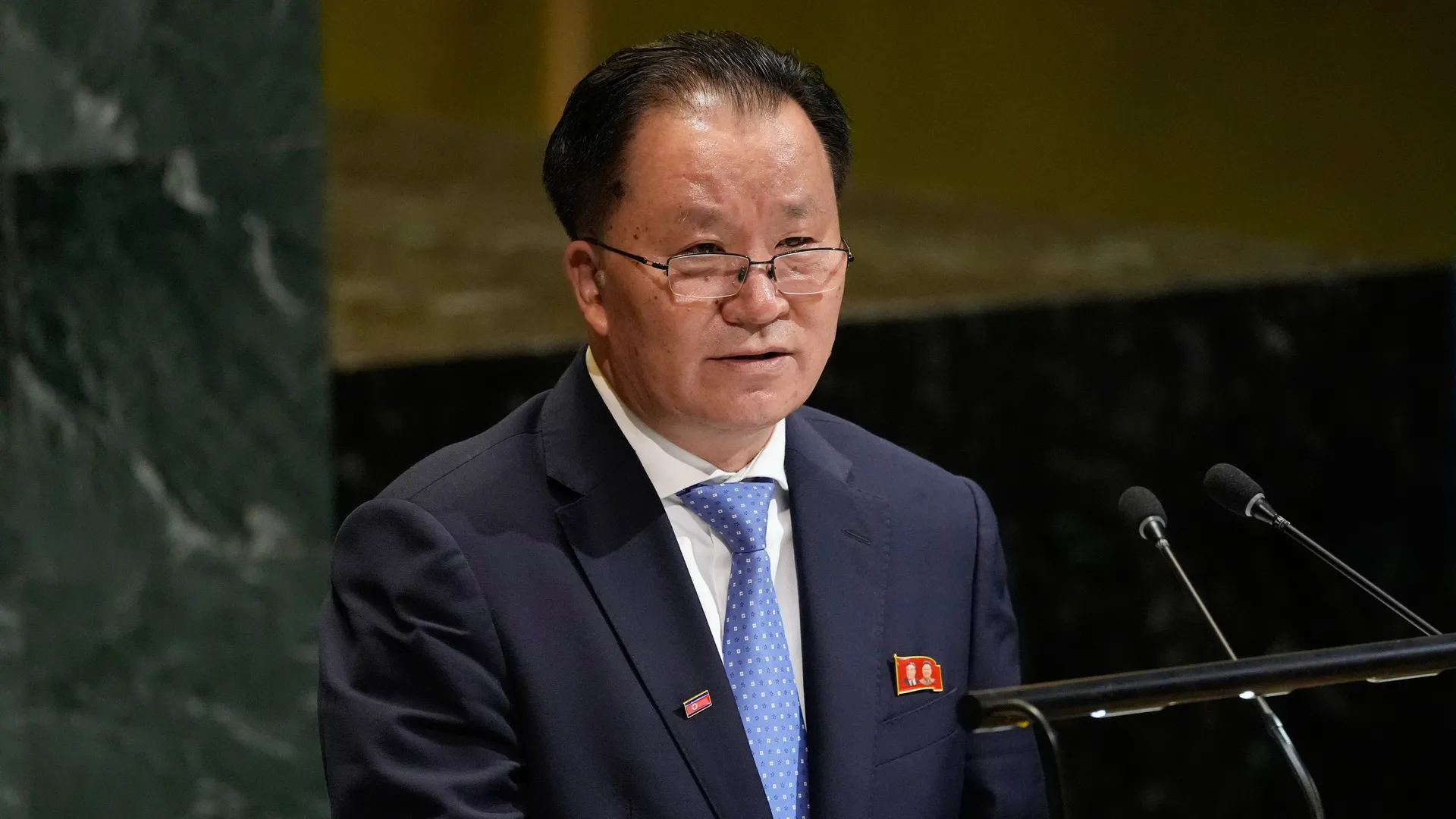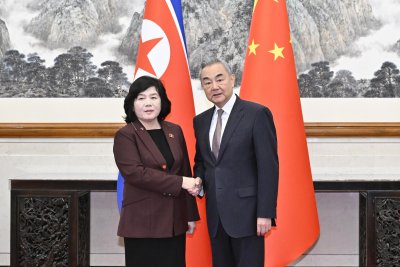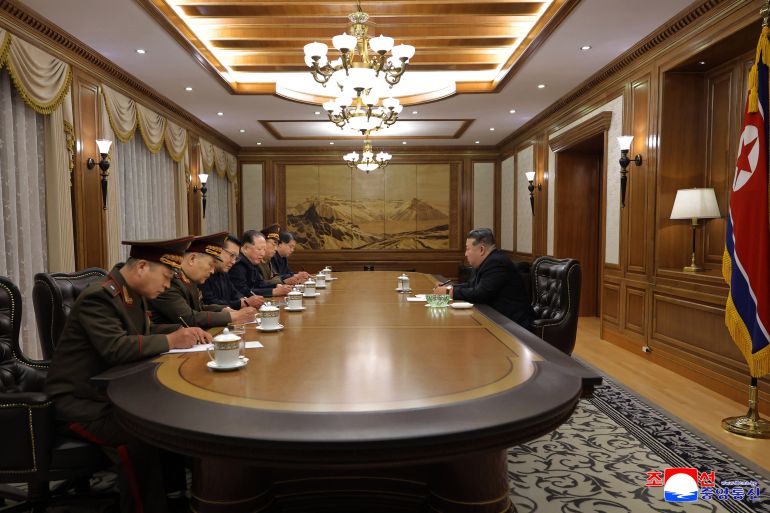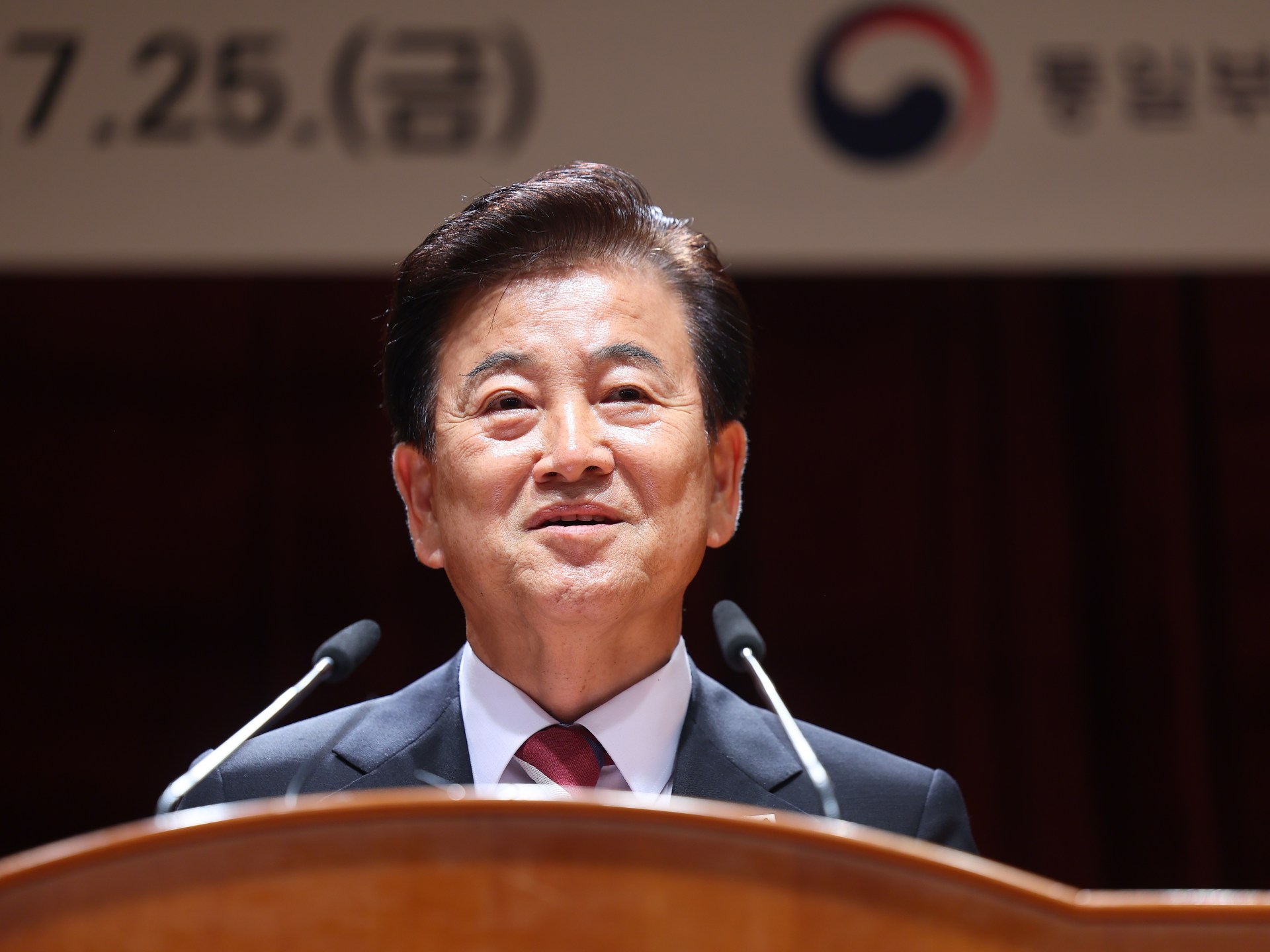Trump arrives in South Korea, says Kim Jong Un meeting won’t happen
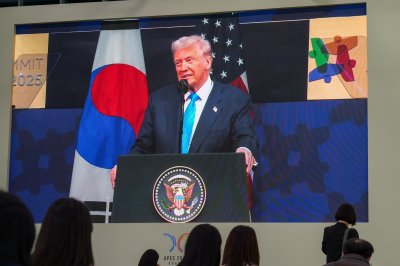
1 of 6 | U.S. President Donald Trump, seen on a screen at the APEC media press center in Gyeongju, arrived in South Korea on Wednesday. He said that a meeting with North Korean leader Kim Jong Un would not take place due to timing issues. Photo by Thomas Maresca/UPI
GYEONGJU, South Korea, Oct. 29 (UPI) — U.S. President Donald Trump arrived in South Korea Wednesday, where he said he wasn’t able to “work out timing” for a meeting with North Korean leader Kim Jong Un.
Trump made the remark during a bilateral meeting with South Korean President Lee Jae Myung in the city of Gyeongju, where the Asia-Pacific Economic Cooperation summit is being held, after earlier saying he “would love” to meet Kim during his trip.
“I know Kim Jong Un very well. We get along very well,” Trump said. “We really weren’t able to work out timing.”
Trump met Kim three times during his first term — in Singapore in 2018, in Hanoi in 2019 and briefly at the Demilitarized Zone later that year. Speculation had swirled that the two could meet again this week in the DMZ truce village of Panmunjom to restart talks over the North’s nuclear weapons program.
“I know you are officially at war, but we will see what we can do to get that all straightened out,” Trump said to Lee Wednesday. The 1950-53 Korean War ended in a ceasefire but not a peace treaty.
“We’ll have other visits, and we’ll work very hard with Kim Jong Un and with everybody on getting things straightened out because that makes sense,” Trump added.
Lee expressed regret over the missed opportunity and said that he hoped Trump would have a chance to play the role of “peacemaker” on the Korean Peninsula.
“As I mentioned many times, you have wonderful capabilities and skills as a peacemaker,” Lee told Trump. “Chairman Kim has not really accepted your good intention and your gesture, so this time it did not happen. But I believe that we’ve been planting good seeds for a better future.”
Earlier on Wednesday, North Korean state media reported that the country had test-fired sea-to-surface strategic cruise missiles in the Yellow Sea, its latest provocation before Trump’s visit. A week earlier, Pyongyang claimed that it had successfully tested a “new cutting-edge weapons system” involving hypersonic missiles,
At a welcoming ceremony at Gyeongju National Museum, Lee presented Trump with the Grand Order of Mugunghwa, South Korea’s highest decoration to honor his “achievements in paving the way toward peace on the Korean Peninsula.”
Trump is the first U.S. president to receive the honor.
Lee also gave his counterpart a replica of a golden crown from the Silla Dynasty, which ruled from 57 BC to 935 AD.
The crown “symbolizes the long-standing peace of the Silla period, as well as a new era of peaceful coexistence on the Korean Peninsula and shared growth that Korea and the U.S. will build together,” the South’s presidential office said in a statement.
After the ceremony, bilateral discussions were expected to include trade, investment, economic and security cooperation and alliance modernization, the office said.
Trump’s nearly weeklong trip through Asia has focused on making trade deals and bolstering economic ties with countries in the region. He signed a trade agreement with new Japanese Prime Minister Sanae Takaichi on Tuesday and inked deals with Cambodia, Malaysia, Thailand and Vietnam at the Association of Southeast Asian Nations summit in Kuala Lumpur over the weekend.
The most anticipated engagement of Trump’s visit will be on Thursday, when he is scheduled to meet with Chinese President Xi Jinping in the port city of Busan before heading back to Washington.
The meeting, their first since 2019, comes as the two superpowers are locked in a trade war. Chinese and U.S. economic officials agreed on a framework for a trade agreement on Sunday on the sidelines of the ASEAN summit in Kuala Lumpur, U.S. Treasury Secretary Scott Bessent said on NBC’s Meet the Press.
In keynote remarks on Wednesday at an APEC CEOs luncheon, Trump said he expected a deal to be finalized during his meeting with Xi.
“We’re going to be, I hope, making a deal. I think we’re going to have a deal. I think it will be a good deal for both,” Trump said. “The world is watching, and I think we’ll have something that’s very exciting for everybody.”
